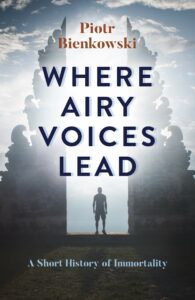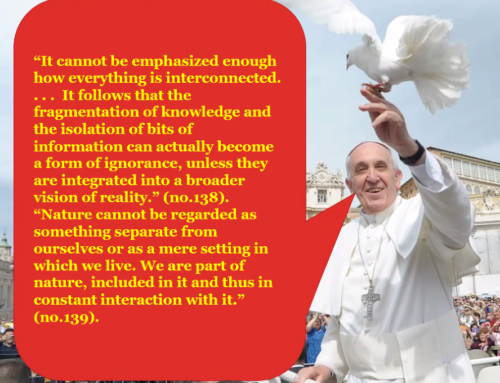Book review by David Lorimer
WHERE AIRY VOICES LEAD
Piotr Bienkowski
O Books 2020, 329 pp., £15.99, p/b.
True to its subtitle of ‘a short history of immortality’, this is a remarkable, erudite and even-handed treatment of the theme by an emeritus professor of archaeology and museology. The book is divided into four parts: bodily resurrection and the immortal soul, transmigration and transformation, longevity and legacy, and reflections on immortality. The author’s experience with indigenous peoples impressed on him ‘the limitations of a theoretical scientific perspective that dismisses such experiences as “constructs” that cannot be supported by objective evidence.’ Instead, his approach takes into account the impact of worldviews, cultural norms, goals and values on how the afterlife and immortality are regarded. The overall coverage is exceptionally wide-ranging, drawing on many classic studies with which I was familiar from my own research (though my own books and notably those of SGF Brandon do not feature in the bibliography). The chapter on journeys to heaven and hell covers many different cultures as well as the experiences of Swedenborg, comparing these to modern near-death experiences.
The next part takes us on a journey through various cultural views on reincarnation, including its heretical appearance in Christianity, then the treatment moves on to indigenous traditions where death is transformation. The focus then turns to the search for an everlasting body, culminating in cryonics, but without mentioning the transhumanistic vision of uploading the contents of consciousness into cyberspace. Immortality of name comes next as a rather different meaning in terms of legacy and fame. There is then an excellent chapter on science and philosophy versus immortality, going through the various arguments against resurrection, the soul, reincarnation and animism, along with rejoinders. The sceptic Paul Edwards uses ‘circular arguments that presuppose materialism to be self-evidently true’, a structure of logic going back to David Hume involving accusing serious researchers like Ian Stevenson of intentional or unintentional deception. However, scientific materialism is equally subjected to scrutiny, and the discussion here would have been illuminated by William James’s distinction between different types of relationship between brain and consciousness in terms of productive/emissive, transmissive and permissive – the books discussing filter theory in most detail – Irreducible Mind and Beyond Physicalism are conspicuously absent from the bibliography.
The important point made by the author, though, is that there is no conclusive proof for any particular view, including the materialist scientific view. He further argues that rationality is present in views dismissed by materialists as irrational and unintelligible, since ‘they are all grounded in perfectly legitimate metaphysical philosophies about the nature of reality and how the world might work.’ He rightly highlights that the key issue is that psychic and transcendent experiences ‘do not fit into the materialist framework, which is only one of several possible worldviews’ – there is no unbiased standpoint without presuppositions from which one can arrive at an impartial view. Hence, he writes that the question of immortality ‘is not a clash of evidence, but of worldviews and their interpretation.’ (p. 284) We must resist the temptation of dogmatically universalising of our assumptions, as is the case with the ideology of scientism. We necessarily have to live with uncertainty and probability and at death, as CD Broad put it, wait and see or, equally likely for him, wait and not see.

